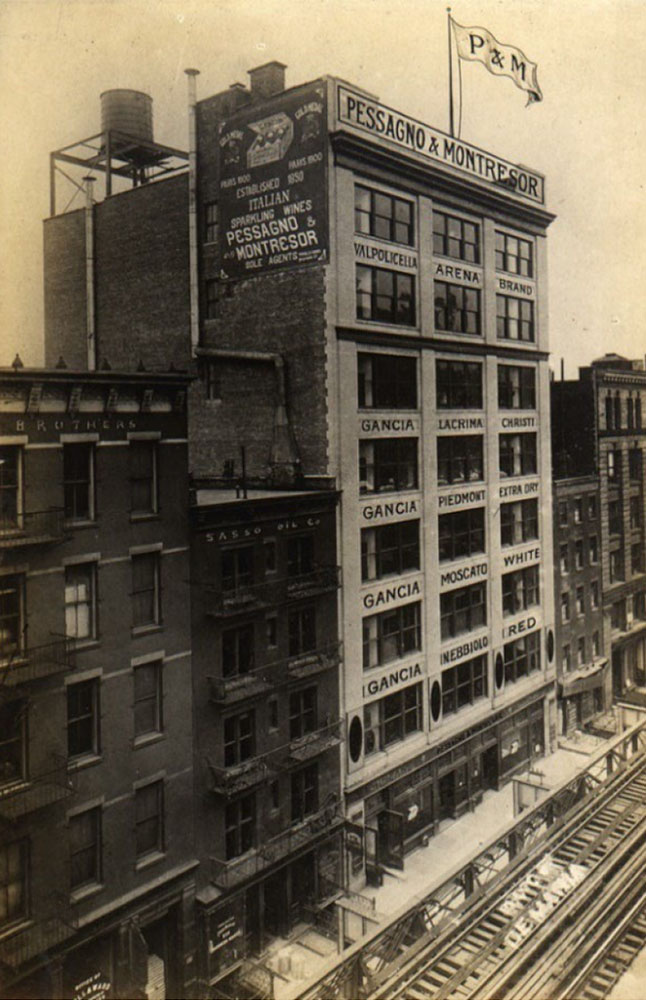Photographs can take us back in time, giving us a glimpse of what our neighborhood was like a long time ago. Urban Archive is a website where you can explore New York City’s past through thousands of historic images gathered from libraries, museums, and other institutions.
Look above at the historic view we found of the Center for Architecture’s block on Urban Archive, followed by a more recent photograph. You can see the tracks of the Sixth Avenue Elevated train have been replaced by a bike rack and sidewalk. The tracks were torn down in 1939 and replaced by the Sixth Avenue subway. Imagine how different LaGuardia Place would look and sound if there were still trains rumbling overhead!
In this activity, take a trip back in time on Urban Archive to see what your street, school, or neighborhood used to look like!
Materials: Internet access on your computer or phone
Step 1: You can access Urban Archive in two ways:
– Using Urban Archive’s website
– Downloading and installing the free Urban Archive app on your iPhone (the app is not yet available for Android)
Step 2: Historic photos and views are marked by purple circles and rectangles. Click on any of these to see photos and read more about them and the collections they came from.
Step 3: You can also type an address or name of a place into the search box marked with a magnifying glass.
Step 4: Check out the collections from the many museums and institutions that have contributed to Urban Archive.
Step 5: Be inspired by Stories from all around the city. Maybe your school is included in the story about City Schools, or see how New Yorkers used to play in times past.

